I am an activist and this has a significant influence on my jewellery practice. I am involved in marches and sign petitions. My work has social, environmental political and cultural agendas. My role as artist and storyteller features heavily in my work. Through the use of Māori language, concepts and materials, the use of pounamu (NZ nephrite jade) and fibre, I am able to create contemporary designs that are recognisable and readable as indigenous and from Aotearoa.
The Handshake project has been important in developing my practice, since its inception in 2011, as part of Handshake 1 and in 2015-2017 as part of Handshake 3. I had graduated from Whitireia NZ with an applied arts degree in jewellery in 2007. The opportunity to be part of the project was presented to me as an emerging artist, still finding my way within the industry and community. The challenges of finding galleries to sell work, being invited to exhibitions, applying for funding and juggling all the other commitments that being a practicing artist involves.
The first part of the Handshake project is the mentor/mentee stage. I choose Karl Fritsch to be my mentor. I met Karl at art school and enjoyed his positive energy and fearless creativity, he has a wealth of knowledge and is a highly successful international jeweller.
Our initial involvement was emailing and blogging. He was in Germany and I was in Aotearoa. Busy lives and time differences, worlds apart, but at the same time it was important to have someone who understood the contemporary jewellery world. One of the hardest skills to develop is critical writing, putting into words my concepts and ideas and being able to explain my work to an audience. The process of making jewellery had taken on a greater commitment than just the making, the part that I enjoyed the most.
Through the mentorship I gained insights and understandings into the life and work of a professional artist. Karl pushes the boundaries of the “ring”: his use of size, weight, form and design, redefines the traditional. The way his rings and objects are displayed and exhibited are unconventional, thought provoking and engaging. Our relationship developed into a friendship a collaboration of minds and laughter, osmosis and symbiosis.
One of the first exhibitions that the Handshake project had internationally was in Sydney. I had created objects made from kumara (sweet potato). This was the first time I had used this material, I cut the kumara and scooped out the inside and let them dry, I then painted the outsides and put a metal ring through the top implying a pendant. I made the mistake of not allowing the kumara to dry out properly, the kumara grew spores and went moldy whilst on exhibition and had to be thrown out! In the end, all I got back was the jump rings! There has been plenty of learning curves on my Handshake journey and making mistakes is all part and parcel of the process.
We came together as the Handshake group on a number of occasions, relating our stories and experiences was another way we could grow and strengthen our bonds as artists and as a group. Shared experiences were relevant and empowering, making jewellery can often be a lonely experience, having an encouraging and uplifting group was very important.
As we progressed through the many outings and iterations of the Handshake 1 exhibitions my ideas and concepts continued to grow and develop. There were themes that flowed through the pieces, the political situation that affected me and really pushed me to action was the oil exploration in the Kumara basin on the East coast of the North Island, Aotearoa.
Handshake 3 saw the relationship change from mentor/mentee to peer/colleague. Exhibitions for the group were geared towards showing professional development and creative progress. Expectations heightened and there was an awareness that greater things were expected. Over the period of time between the two Handshake outings, Karl had established himself in Wellington and we had become good friends.
Mauri stones was my first body of work and this was developed and refined from a solo exhibition I had a few months earlier. I am taken with form and shape and feel, my work is often created by the hands, the mind is at rest and the connection to ancestors and spirit is strong. This is what I experience when working with pounamu. Mauri is life force, something that everyone and everything possesses.
Mauri stones are held and cradled by the wearer. When worn they rest on the puku (belly) where the emotions lie. In the past, in Wananga (places of learning), students would swallow pebbles in order for knowledge to reside and be absorbed in the belly. The stones would be dispelled naturally from the body, but the information would remain. This concept materialised with Mauri stones. They express how knowledge is transferred and passed on through sensory, tactile and energetic means, and how cultural beliefs and traditions can still be relevant now.
These pieces travelled to Stockholm in Sweden. It always intrigues me how different audiences view my work and how pounamu retain their “mauri”, carry their “mauri”, or project their “mauri” when away from home. Does the essence of the work get lost in translation?.
The last exhibition in Handshake 3, held at the Dowse gallery in Lower Hutt, Wellington, was titled Reflect. There were 12 jewellers in the group and we were invited to draw connections between the term “reflect” and the self-reflexive nature of contemporary jewellery, which both mimics and counteracts its traditional and commercial counterparts. For this exhibition, I wanted to reflect on the environmental conflict that was happening with the waterways in Aotearoa. The significance of water, clean, drinkable, swimmable water can never be underestimated and we as Māori are kaitiaki (guardians and protectors) of this resource.
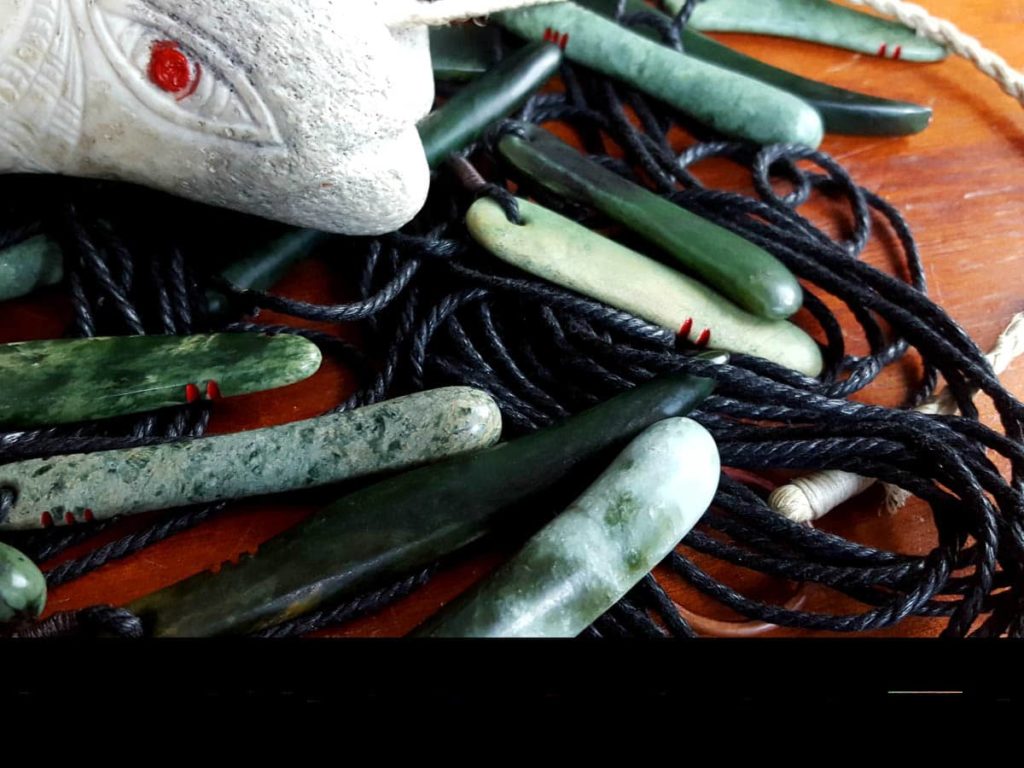
Neke Moa, Ko ahau te wai, ko te wai ko ahau – I am the water and the water is me, 2017, 1.5mx 30cmx20cm
Pounamu drops are held suspended by Rongo (god of peace and cultivation) cascading down towards a river rock bowl, dry of water. The bowl sits on a nest of flax and from beneath the sounds of river flowing with layers of chanting and karakia (prayers). The absence of water is sad and eerie. I wanted the viewer to consider and question the dialogue within the work and to understand the dire situation we face with polluted waterways not only in Aotearoa but around the globe.
The Handshake project has created opportunities that I may never have been a part of, I have been able to work and learn within a community of amazing and talented artists, who share similar visions of art and contemporary jewellery in Aotearoa. Our cultural and social backgrounds are diverse but that is what makes it more exciting and interesting. The project allows for expression, development and growth in a close knit environment, whilst pushing you from the comfortable couch and into the possible unknown.
Naku noa
Author
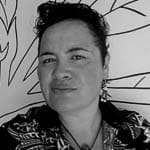 NgatI Kahungunu te Iwi, Ngati Matepuu te hapu, Ko Petane te Marae, Ko Waiohinganga te awa. I am artist and activist from Aotearoa/NZ. For more information on Handshake project please visit www.handshakeproject.com
NgatI Kahungunu te Iwi, Ngati Matepuu te hapu, Ko Petane te Marae, Ko Waiohinganga te awa. I am artist and activist from Aotearoa/NZ. For more information on Handshake project please visit www.handshakeproject.com
Tihei Mauri ora!


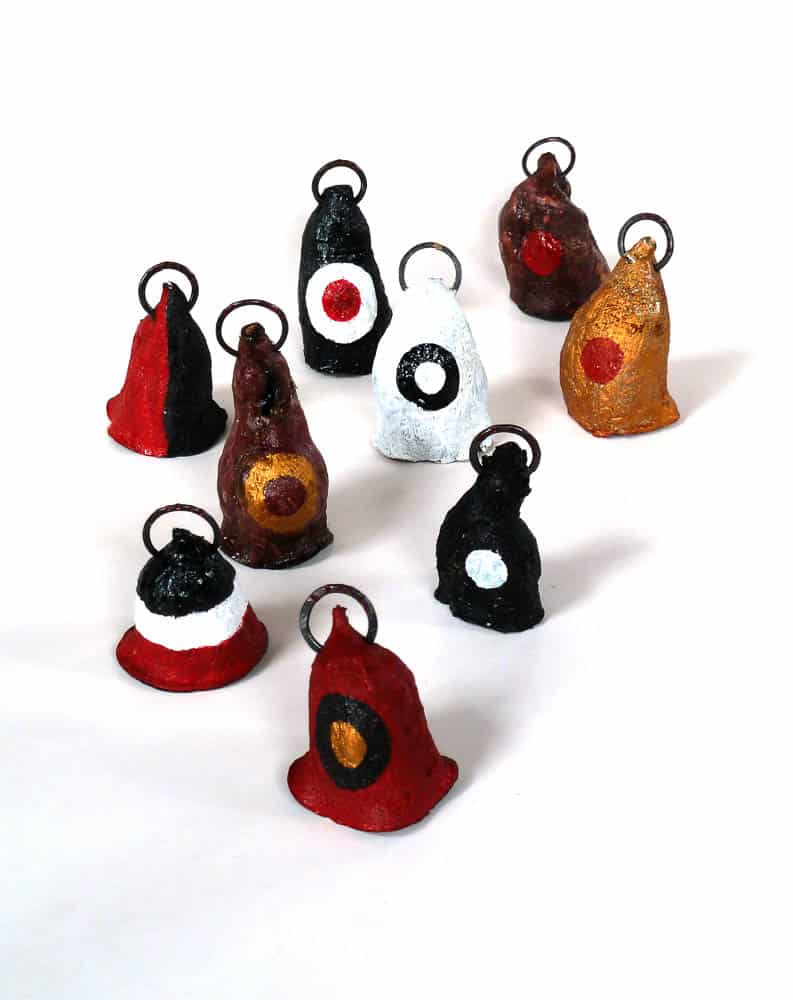
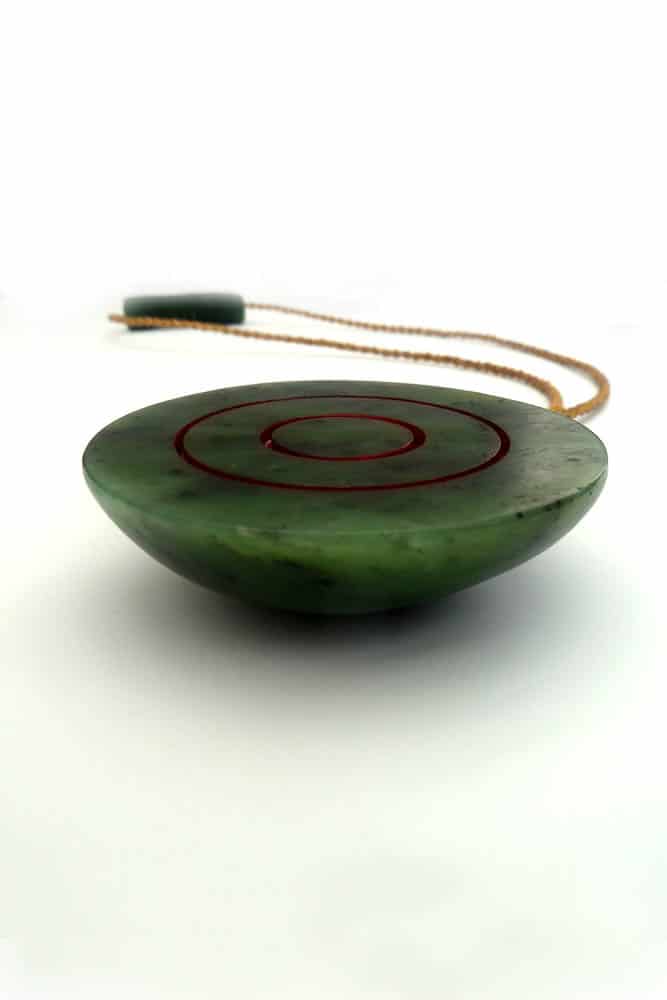
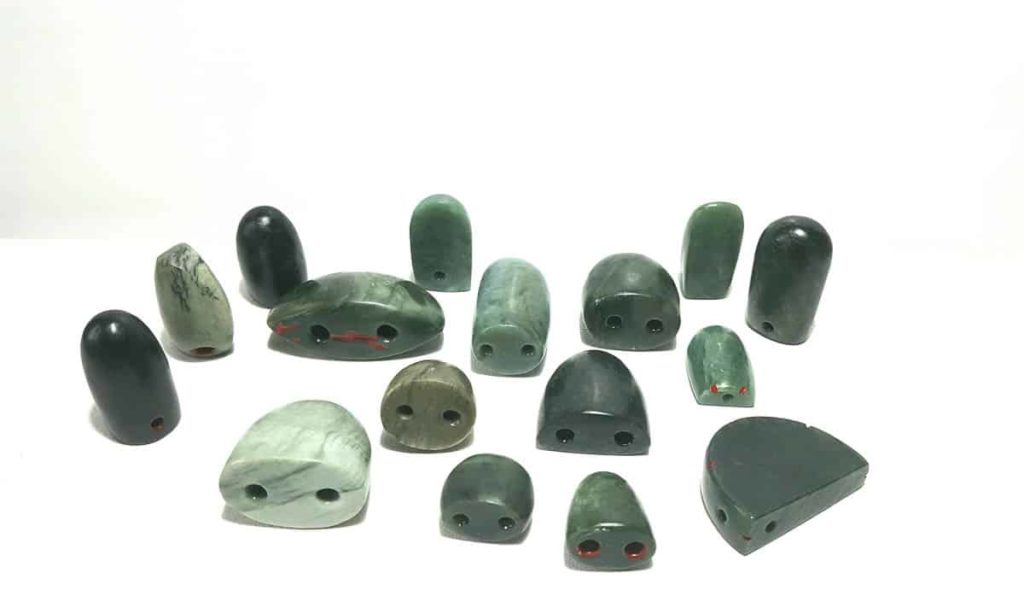

Comments
Great to read a story about the natural and human connection as well as showing the skills, with the stones.